6. Def-Con 4 (1985)
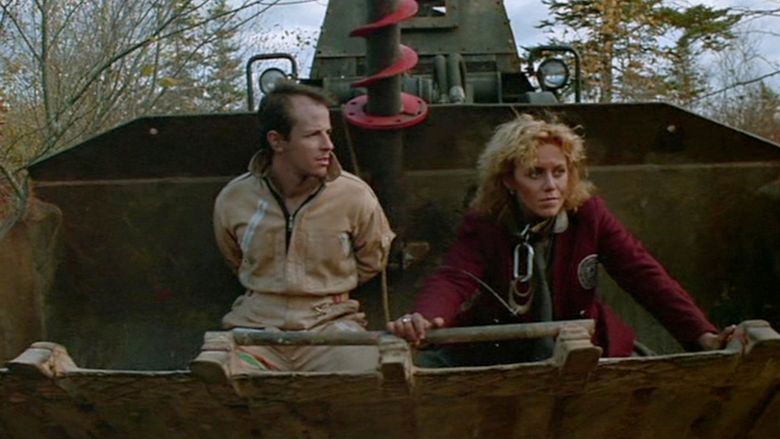
In the not-too-distant future, World War III has decimated the Earth. Three survivors roam a post-apocalyptic wasteland, searching for ‘radiation-free zones’ while trying to avoid roving gangs of cannibals; eventually they come into contact with an evil medical school student turned military messiah and find themselves racing to outrun a malfunctioning nuclear warhead.
Sounds like a good time, right? It is, despite its shoddy reputation. Paul Donovan’s Def-Con 4 is a Canadian production that doesn’t have many fans. Strangely, exceptional poster art could be partially to blame – the VHS/DVD releases of Def-Con 4 are adorned with gorgeous artwork that bears no resemblance to anything in the film itself.
If one is willing to lower their expectations and forgive a number of glaring inconsistencies (the casting of the main villain leaves much to be desired), Def-Con 4 will provide a number of surprises.
There are flashes of depth all over this film; the sparse dialogue is frequently quite well-written and numerous throwaway gags hint at far more going on underneath the surface. Not just a slapped-together attempt at making a few bucks, Def-Con 4 shows signs of real intelligence throughout.
Acting (save for that unfortunate teenaged antagonist) is uniformly strong, with the great Maury Chaykin making a welcome appearance as a burnt-out survivalist. Those expecting Mad Max-style action or shoot ’em up violence are bound to be disappointed, but the film does manage to engage with interesting characters, rugged (yet clearly economical) set design, and Christopher Young‘s stellar music. The 1980’s brought us countless post-apocalyptic adventure flicks, and you can do a whole lot worse than Def-Con 4. Writer/director Paul Donovan went on to create the popular sci-fi TV series LEXX.
7. The Fly II (1989)
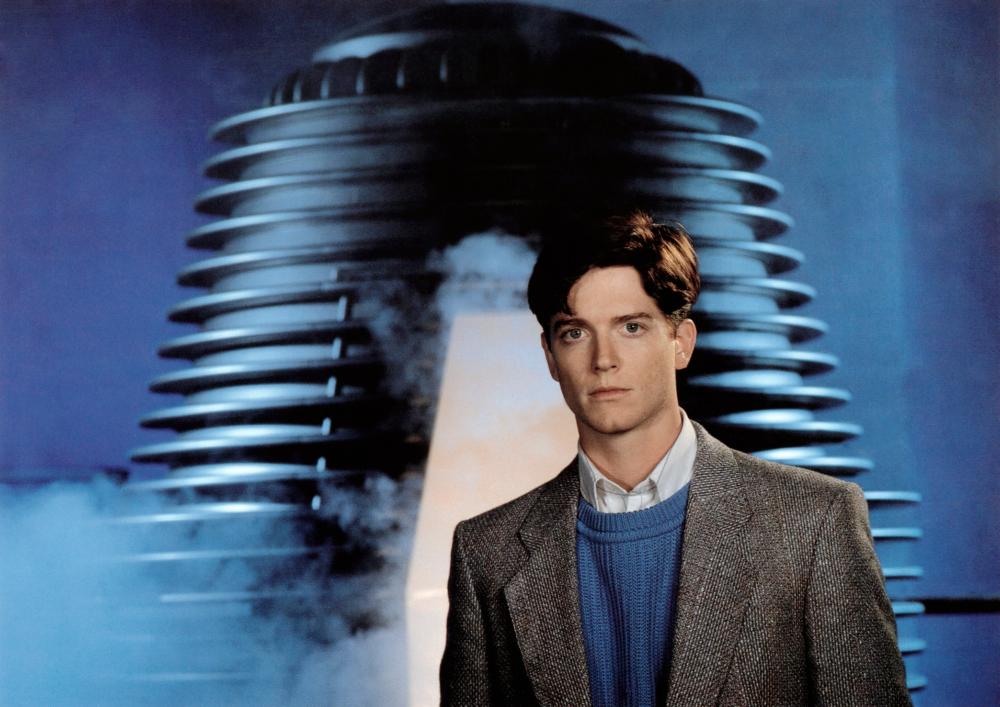
The Fly II had a lot to prove. David Cronenberg’s 1986 original (itself a remake of the Vincent Price film from 1958) was universally adored and remains an untouchable classic to this day. Many would argue that a sequel was not warranted, and they wouldn’t be entirely off-base.
Considering the massive shoes it had to fill, The Fly II turned out far better than one would expect, better than it had any right to be. Conceptually, it’s fairly solid: the film picks up several months after the events in The Fly, as Veronica Quaife (no longer portrayed by Geena Davis, but a stand-in) is delivering she and Seth’s child.
Upon seeing that she’s given birth to a fleshy larval sac, Veronica dies from shock; baby Martin emerges from the pod and he’s taken to be raised at the Bartok Corporation – the very same outfit that funded Seth Brundle’s teleportation experiments in the previous film.
Well aware that Martin is a rare hybrid of man and insect, company owner Anton Bartok monitors the boy’s rapid growth (at five, he’s reached the physical and mental maturity of a 20-year-old) and awaits his inevitable transformation. Martin, beginning to realize that his time is short, revisits Seth’s experiments in a desperate attempt to remain human, hoping to succeed where his late father failed.
Special FX wizard Chris Walas, who’d handled the makeup effects on Cronenberg’s picture, was chosen to helm the sequel (his directorial debut). Walas doesn’t have much of an eye for framing or shot composition, but he sure is good with nasty effects and The Fly II is a cornucopia of vivid, gooey gore that almost makes the previous film seem tame in comparison. Walas and company went all out here.
The story, aided by a strong performance from Eric Stoltz as Martin, moves at a brisk pace and even offers a few effectively touching moments (dog lovers be warned: this movie will destroy you).
Any missteps in The Fly II seem much more glaring because it exists in the shadow of David Cronenberg, a cinematic master whose filmography is as flawless as any in recent memory. Though it can never match up to the sheer brilliance of its predecessor, The Fly II does pretty well all on its own. It’s a fun, gory B-movie that deserves more love.
8. Deadly Weapon (1989)
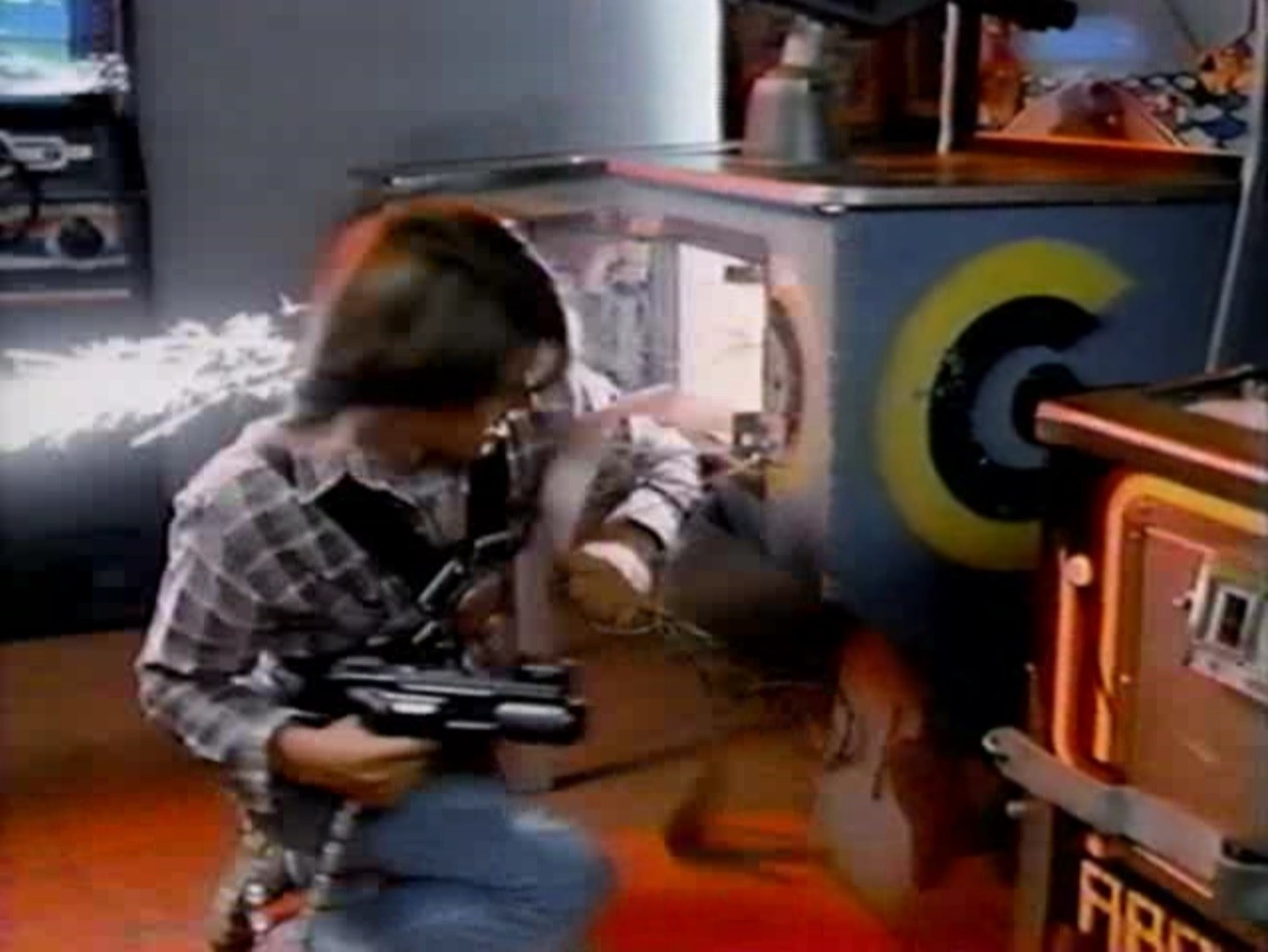
Deadly Weapon was written and directed by Michael Miner, the creator of RoboCop. Originally conceived as a sequel to the 1978 film Laserblast, Miner and producer Charles Band eventually abandoned the sequel notion and decided to treat Deadly Weapon as an original feature.
Miner’s film, shot in the summer of 1987, tells the story of Zeke (Rodney Eastman, best known as Joey in A Nightmare on Elm Street 3 and 4), an insecure teen who happens to be his small town‘s whipping boy. Ridiculed by classmates, beaten up by jocks, ignored by women and abused by his drunken father, Zeke has no one to depend on except his faithful canine companion, Star Dog Van Halen (yes, that’s actually the dog’s name and yes, it’s meant to be taken seriously).
When Zeke stumbles across a top-secret, highly dangerous laser gun floating in the local creek, he uses the futuristic weapon to exact revenge on the town that has mistreated him for so long. Meanwhile, military officials are desperately searching for their missing firearm and slowly closing in on the oblivious Zeke, who just wants to blow stuff up and bag himself a babe.
Deadly Weapon, maybe more than any other film on this list, deserves to be a cult classic with viewing parties and Halloween costumes. Custom-made for a teen audience in the late eighties, it’s a hopelessly dated film with some of the hokiest dialogue ever written.
Teased-out hair, lasers, arcades, explosions, and cheesy metal are all wrapped up in a comfortably familiar nerd-comeuppance tortilla and served on a yellow plastic cafeteria tray for your enjoyment.
And while his film, firmly established in “so-bad-it’s-good” territory, is largely enjoyable due to its faults, Miner deserves credit for a shocking, unexpected conclusion. It‘s the sort of ending that causes you to ponder everything you‘ve just seen, incredibly silly as it all was. Deadly Weapon is a total blast, an oddball 80’s curio that is hopelessly rare nowadays.
The film was released once on VHS and has never received DVD/Blu treatment. A copy is on YouTube, but its split into ten parts and the quality is abysmal. Unless you happen across a used rental tape in the wild, Deadly Weapon may be almost impossible to track down.
9. Fire in the Sky (1993)
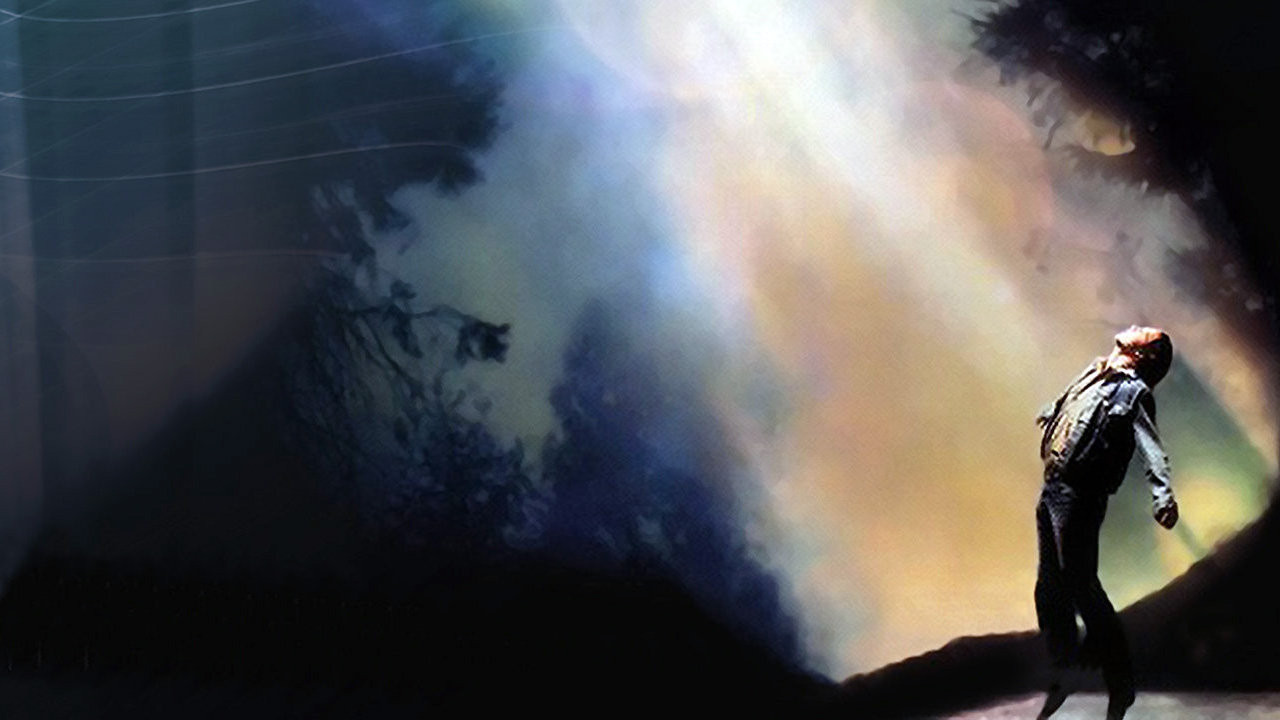
Based on Travis Walton’s first-hand account of alien abduction (published in his 1978 book The Walton Experience), Fire in the Sky is quite formulaic and dull for much of its length. It feels like an ABC movie of the week rather than a theatrical release. Not entirely bad, just flatly directed and sluggish… then the last half hour occurs.
To put it simply, it’s one of the most horrifying scenes in cinematic history. This sequence is a profound achievement, not just within the sci-fi genre but the entire medium of film; it should be studied and cherished. For those unfamiliar with the story (one of the most well-known amongst UFO devotees), Walton and several friends were out logging one evening in Arizona, late 1975.
According to his companions, a bright light appeared in the sky above them and appeared to vaporize Travis. He disappeared and didn’t return for five long days. Naturally Travis’s buddies were dismissed as crazy and suspected of murder, and it’s this material on which Fire in the Sky spends the majority of its time.
When Travis reappears, the picture makes a triumphant leap from ‘mediocre’ to ‘legendary‘. As Walton tells it, he was zapped aboard an alien spacecraft and subjected to a series of bizarre experiments for the better part of a week.
The filmmakers offer up about an hour of dry reality, then abruptly shove you into a dark, cold, hostile environment that’s like nothing you’ve ever experienced. Those who were able to catch Fire in the Sky during its initial run should consider themselves lucky as nothing else, before or since, has even faintly resembled the spaceship scenes in this film.
The sets do not appear to have been constructed by human hands. Few, if any, films boast production design that’s so legitimately otherworldly. Stanley Kubrick might have seen the last reel and said to himself, “My god”. Twenty of the most effectively nightmarish minutes ever captured on celluloid, they make the preceding seventy-five entirely worth it.
Perhaps if the rest of the movie had been handled with a bit more panache, it would be more of a unified whole; though it’s worth pointing out that the lethargic opening undeniably strengthens the conclusion, adds to its impact.
You feel like you’ve been knocked upside the head with a sock full of quarters. Roger Ebert summed it up beautifully: “The scenes inside the craft are very, very good. They convincingly depict a reality I’ve never seen in movies. For once I believed I was seeing something truly alien and not just a set decorators daydream”.
10. Virus (1999)
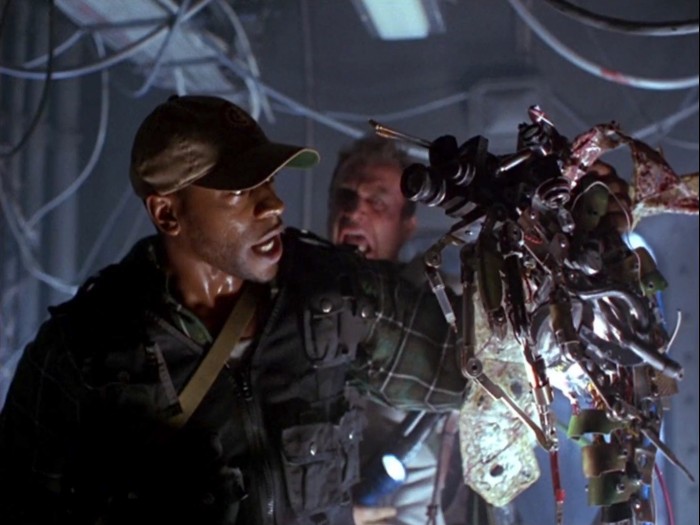
Virus is one seriously reviled motion picture. A critical and commercial bomb, it took in less than half its budget and received universally negative reviews. You’d be hard pressed to find a genuinely positive write-up of Virus.
Even its star, Jamie Lee Curtis, publicly bashed the film in a 2003 interview: “That would be the worst film I’ve ever done. It’s just dreadful. That’s the only good reason to be in bad movies: when your friends do bad movies you can say, ‘Ah, I’ve got the best one. I’ve got Virus.’”.
Make no mistake – Virus is far from perfect. It suffers from the same flaws of many a B-movie (and, incidentally, several of the films on this list): cardboard characters, stiff dialogue, cliché plot devices.
The story, about a ghost ship inhabited by an extraterrestrial force that wishes to convert human beings into cyborgs, is pure silliness. None of this keeps Virus from being a lot of fun, but there’s one true reason to see this film: the mind-blowing special effects. In addition to its engaging ‘house of horrors on the high seas’ sensibility, the film is structured around incredible practical FX sequences that still look amazing to this day.
In fact, they may look even better and this could be an explanation for the films total failure – in 1999, before computer imagery took hold of the genre (especially with films like this one), it was maybe harder to appreciate just how good these effects are.
The film has aged gracefully, plays much better twenty years down the line. There’s just enough of a plot to keep you watching while you feast your eyes on a gallery of grisly biomechanical, man/machine hybrids; it’s like H.R. Giger meets The Texas Chainsaw Massacre meets Radio Shack on a spooky boat. Any time the pace starts to flag, the filmmakers shove another grotesque creation in your face and you can’t help but admire the sheer craftsmanship involved.
Clearly a ton of work went into Virus. It was the debut feature from visual effects artist John Bruno, who had previously worked under James Cameron on both Terminator 2 and Titanic; his first (and only) effort has been treated somewhat unfairly. Entertaining trash that harkens back to the days when grisly movie makeup was a genuine art form, Virus doesn’t deserve the overwhelmingly poor reception its garnered.
Author Bio: Derich Heath is a writer, musician, and filmmaker who lives in Los Angeles. He is currently in post-production on his debut feature, Midnight Oil.